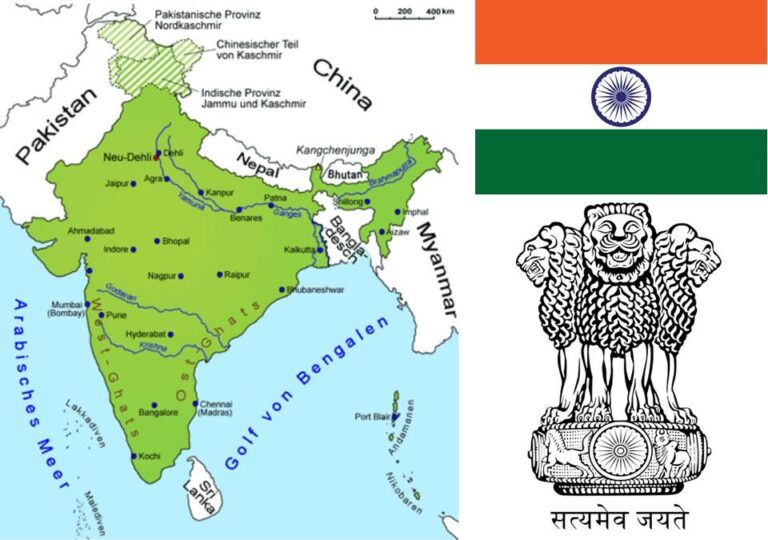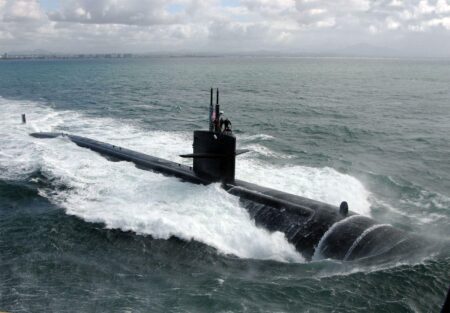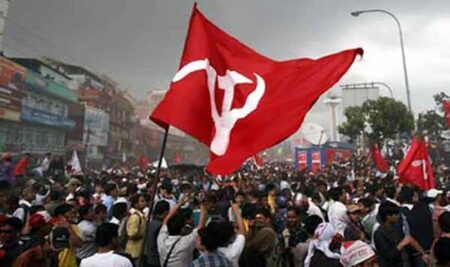In recent discussions surrounding global geopolitics, the question “Does India even have any cards?” has emerged as a pointed inquiry into New Delhi’s strategic options on the world stage. The American Enterprise Institute (AEI), a prominent Washington-based think tank, has spotlighted this debate, examining India’s diplomatic and economic leverage amid shifting international alliances. As India navigates complex relations with major powers like the United States, China, and Russia, AEI’s analysis sheds light on whether the country possesses meaningful tools to advance its interests or remains constrained by longstanding challenges. This article delves into AEI’s assessment, exploring the implications for India’s role in an increasingly multipolar world.
India’s Strategic Leverage in Global Geopolitics Under Scrutiny
Amid a rapidly shifting global landscape, India’s capacity to influence international affairs is increasingly questioned by analysts at the American Enterprise Institute. While India boasts a growing economy and a significant demographic advantage, its diplomatic strategies often appear cautious and variable, limiting its ability to punch above its weight. Critics argue that New Delhi’s reluctance to take definitive stances on key geopolitical flashpoints-ranging from China’s assertiveness in Asia to Russia’s global maneuvers-has constrained its leverage. Despite being positioned at the crossroads of major power competitions, India’s approach seems to prioritize strategic ambiguity, raising concerns about whether it possesses meaningful “cards” to play in alliances and conflicts.
- Economic leverage: India’s expanding market offers opportunities but is hindered by infrastructure and regulatory challenges.
- Military modernization: Despite ongoing upgrades, inventory inconsistencies and supply chain issues cloud readiness.
- Diplomatic positioning: A non-aligned posture restricts engagement with both Western and Eastern blocs.
To better conceptualize India’s strategic options, a comparative overview sheds light on potential leverage points and their current effectiveness:
| Leverage Factor | Strength | Limitations |
|---|---|---|
| Economic Size | 7th largest economy globally | Slower growth versus China, infrastructure gaps |
| Military Capability | Modernizing forces, nuclear triad | Outdated equipment, slow indigenous production |
| Diplomatic Influence | Leadership in BRICS, SCO membership | Non-alignment hinders coalition formation |
| Geostrategic Location | Access to Indian Ocean, borders with key rivals | Border conflicts limit regional cooperation |
Assessing Economic and Military Capabilities Behind the Perception
India’s economic trajectory has been a subject of keen interest, especially as it aims to position itself as a key player on the global stage. With a GDP growth rate consistently outpacing many developed economies, the nation demonstrates robust economic fundamentals. However, challenges remain, including infrastructure bottlenecks, regulatory complexities, and income disparity, which temper the optimism surrounding India’s economic potential. The technology and service sectors continue to propel economic momentum, but manufacturing and export diversification are yet to reach desired levels that would solidify India’s economic card in international negotiations.
On the military front, India maintains a formidable defense apparatus, characterized by significant manpower, diverse weapon systems, and strategic partnerships. The country’s defense budget has seen a steady increase, emphasizing modernization and indigenous production. Critical factors shaping its military strength include:
- Nuclear deterrence capability ensuring strategic stability in South Asia
- Advanced missile technologies and anti-satellite programs under development
- Expanding naval presence in the Indian Ocean to counterbalance regional rivals
| Capability | Current Status | Future Outlook |
|---|---|---|
| Defense Budget | $70 Billion (FY 2024) | ↑ Expected 7% growth annually |
| Manpower | 1.4 Million Active | Stable with emphasis on training |
| Indigenous Production | ~60% of equipment | Targeting 75% by 2030 |
Policy Recommendations to Enhance India’s Global Influence and Partnerships
To solidify its stature on the global stage, India must prioritize strategic initiatives that leverage its unique geopolitical strengths. Investing in advanced technology sectors and renewable energy partnerships can create new avenues for collaboration with both Western powers and emerging economies. Strengthening ties through targeted trade agreements, while simultaneously addressing domestic regulatory hurdles, will enhance India’s appeal as a reliable and dynamic partner.
Moreover, India should adopt a multifaceted diplomacy approach emphasizing multilateral engagement and cultural exchange programs. This includes:
- Expanding defense and security alliances beyond traditional partnerships to counterbalance regional uncertainties.
- Promoting educational partnerships to cultivate long-term soft power across continents.
- Enhancing infrastructure connectivity initiatives under frameworks like the Indo-Pacific strategy to build trust and economic interdependence.
| Policy Area | Action Item | Expected Outcome |
|---|---|---|
| Technology | Joint R&D ventures on green energy | Boost innovation & reduce emissions |
| Trade | Streamline export procedures | Increase global market share |
| Defense | Expand joint military exercises | Strengthen regional security ties |
| Education | Scholarship exchanges worldwide | Enhance cultural diplomacy |
Insights and Conclusions
In conclusion, the question posed by the American Enterprise Institute-“Does India Even Have Any Cards?”-reflects a broader debate about the nation’s strategic strengths and vulnerabilities on the global stage. As India navigates complex geopolitical dynamics, economic challenges, and regional rivalries, its ability to leverage its assets effectively will be critical in shaping its future role. While opinions differ on the extent of India’s influence and options, what remains clear is that the subcontinent continues to be a key player whose decisions will have significant ramifications beyond its borders.




